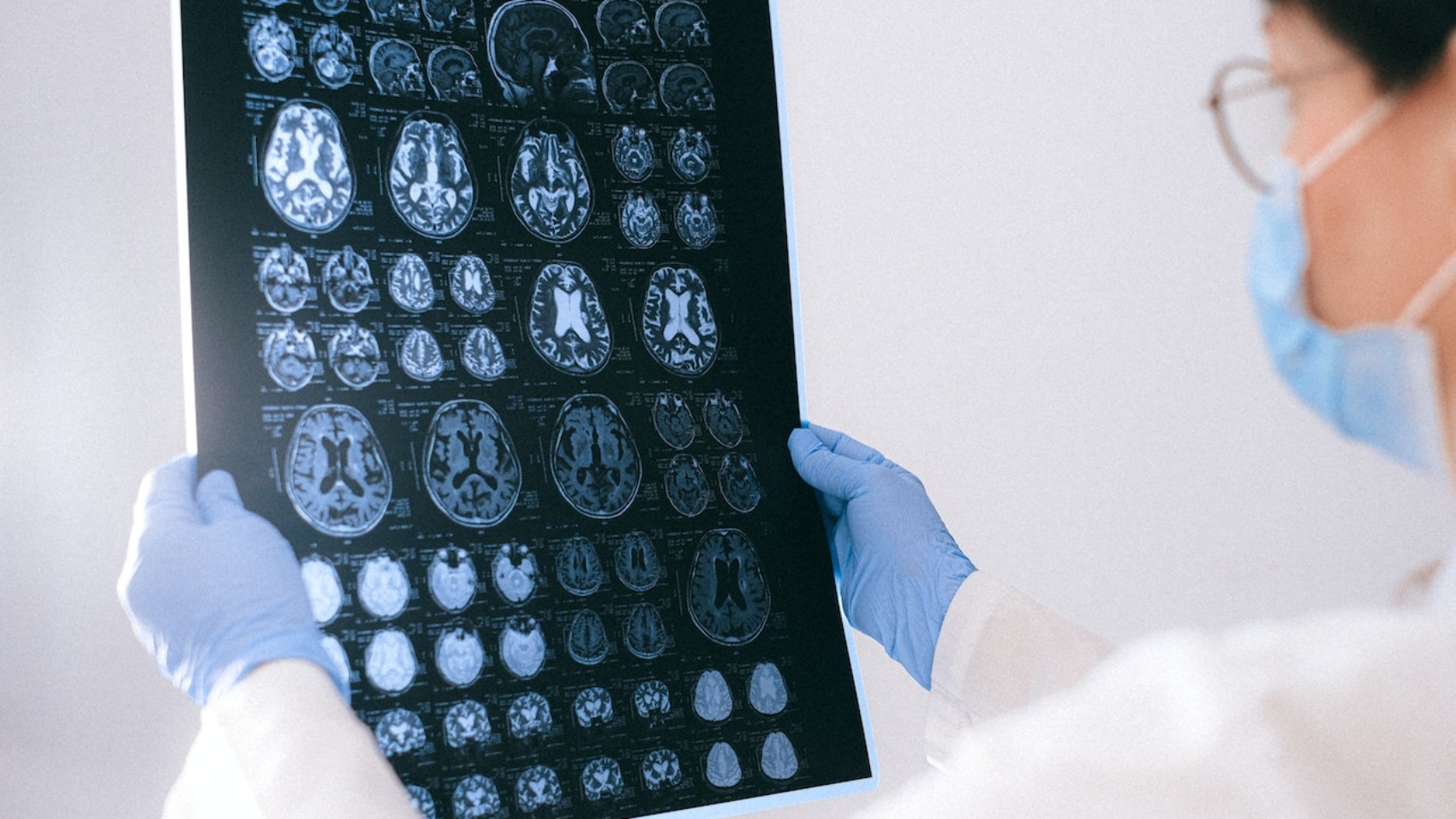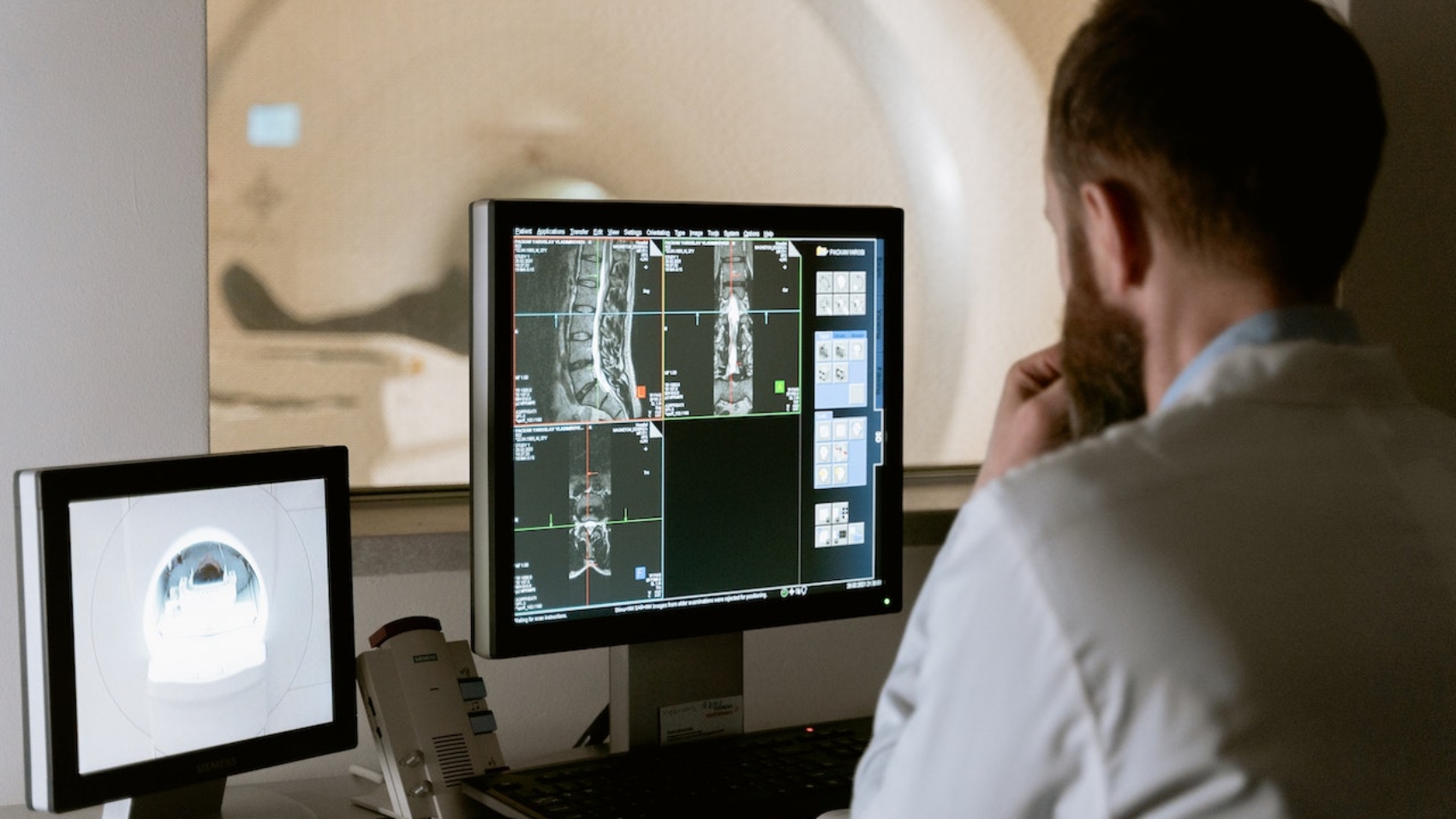Radiology is an essential part of modern healthcare, offering invaluable insights into the human body. However, ensuring patient safety during radiological procedures is of paramount importance. In this blog post, we’ll delve into the key aspects of patient safety in radiology, so you can feel confident and informed about your imaging experience.
Section 1: Radiation Safety
Radiation exposure is a significant concern in radiology, but it’s important to note that the doses used in medical imaging are typically very low and carefully controlled.
- Principle: Radiological exams use ionizing radiation (X-rays or gamma rays) or non-ionizing radiation (such as in MRI or ultrasound). Ionizing radiation carries a slightly higher risk, but the doses are kept as low as reasonably achievable (ALARA).
- Dose Monitoring: Radiology professionals are trained to use the minimum radiation dose necessary to obtain the required diagnostic information.
- Shielding: Protective lead aprons, thyroid shields, and collimation are used to shield sensitive areas from radiation.
Section 2: Informed Consent
Before undergoing a radiological procedure, patients have the right to understand the procedure, its potential risks, and the benefits.
- Explanation: Radiology staff should provide clear explanations of the procedure and answer any questions you may have.
- Alternative Options: Patients should be informed about alternative imaging modalities that do not involve radiation, if applicable.
Section 3: Pregnancy and Radiation
Special precautions are taken when performing radiological exams on pregnant patients.
- Pregnancy Screening: Radiology facilities routinely ask female patients of childbearing age if there is a possibility of pregnancy before certain exams.
- Alternative Imaging: In some cases, alternative imaging methods like ultrasound or MRI may be used instead of X-rays to avoid radiation exposure to the fetus.
Section 4: Pediatric Imaging
Children are more sensitive to radiation, so pediatric radiology emphasizes dose reduction.
- Child-Friendly Environments: Radiology departments often create child-friendly environments to reduce anxiety and improve cooperation during exams.
- Adjusted Protocols: Specialized pediatric protocols are used to minimize radiation dose while maintaining image quality.
Section 5: Monitoring and Regulation
Radiology is heavily regulated to ensure patient safety.
- Accreditation: Radiology facilities are accredited by relevant bodies to ensure compliance with safety standards.
- Quality Assurance: Routine quality assurance checks are performed on equipment to maintain safety and image quality.
Conclusion:
Patient safety is at the core of radiology practice. Whether you’re undergoing a routine X-ray or a more complex imaging procedure, rest assured that radiology professionals prioritize your well-being. At [Your Radiology Service], we adhere to the highest safety standards to provide you with accurate and safe imaging services.
Call to Action:
If you have any questions or concerns about patient safety in radiology or if you’d like to schedule an imaging appointment, please contact us. Your health and safety are our top priorities, and we’re here to ensure a positive and safe imaging experience.




